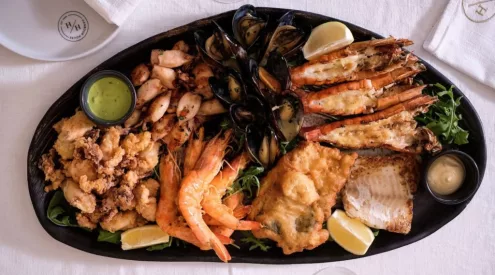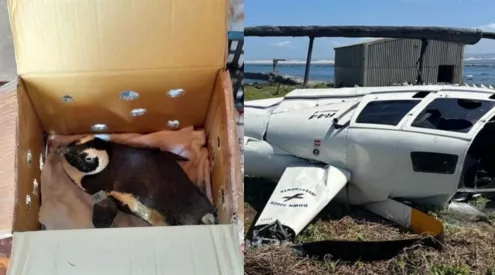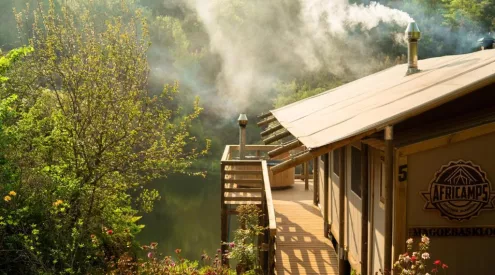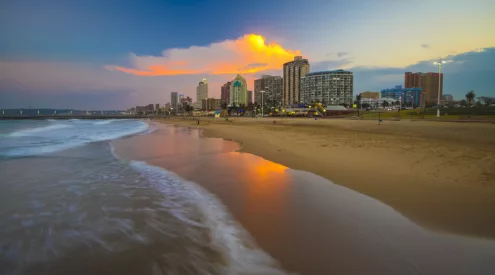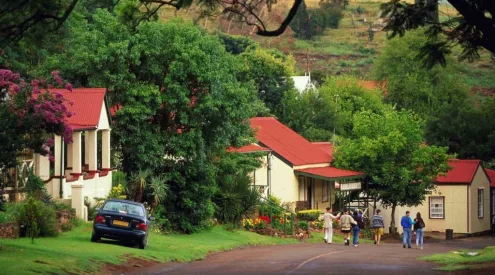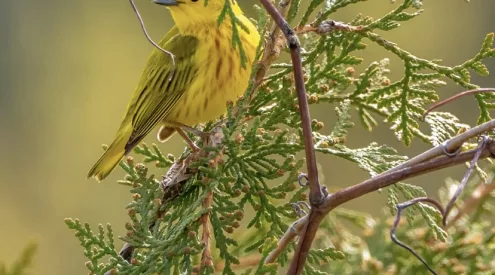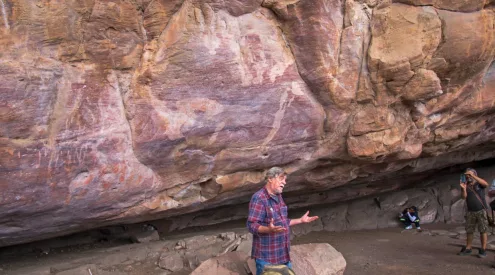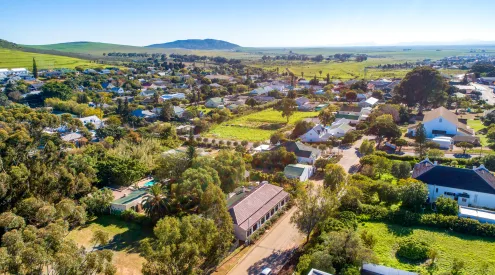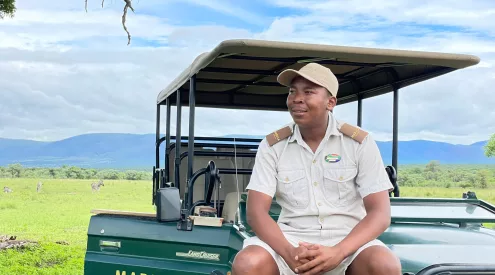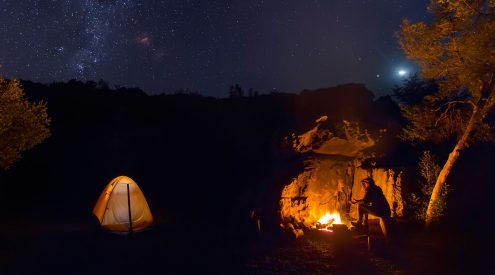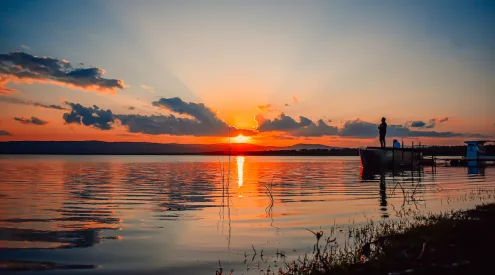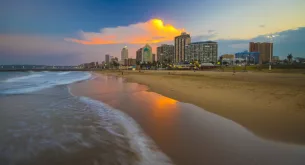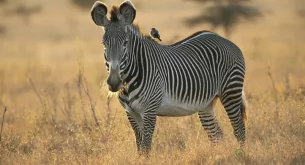Sharing unfenced borders with the Kruger National Park and the Timbavati Reserve, the Klaserie Private Nature Reserve is a premier safari destination and one of the largest privately owned reserves in South Africa. Animals migrate freely throughout the reserves, creating an incredible biosphere and more gene dispersion between various species. The Klaserie is one of the lesser-known private reserves in the Greater Kruger region and the lack of visitors to the area will have unparalleled access to mammals, predators and other wildlife. The Klaserie spans a region of over 60 000 hectares of pristine Savannah and is a Big Five destination.
Why do I like the Klaserie? Because it’s off the beaten track, it’s unique and it’s not over-populated with visitors. When I visit the Klaserie, I feel like the place is mine. During the off-season and peak season I have seen lions, leopard, rhino and even deadly snakes. Klaserie is that hidden reserve that will intrigue your dinner party guests.
Here are my top 10 reasons to visit the Kruger’s Klaserie Private Nature Reserve.
1. The presence of white lions
The Timbavati region is renowned for its white lions and the Klaserie shares unfenced borders with the Timbavati Reserve. The Klaserie is actually dominated by two prides of lion – the Ross Pride and the Giraffe Pride. Two of the Giraffe Pride females are white lions and one of the males from the Ross Pride is rumoured to carry the white lion gene.
2. Birdlife, the honey badger and large predators
A world-renowned film crew came to scope out the Africa on Foot camp for their honey badger documentary. Africa on Foot has a resident honey badger that helps itself to pretty much anything. It is rare to see a honey badger. There are a variety of bird species found in the Klaserie which makes it an ornithologists dream. Large predators, buck species, small mammals and the big five roam freely throughout the reserve.
3. Absence of game vehicle queues
There is a relative lack of visitors to the Klaserie which means an unrivalled game viewing experience. If anything, there’s perhaps only one vehicle at a sighting, if that.
4. The reserve is involved in ongoing research and conservation projects
For starters, the Klaserie hosts the Ground Hornbill Project which seeks to gain scientific data to understand environmental conditions promoting their survival. The Klaserie is also involved in helping to protect and track elephants throughout the Assoiciated Private Nature Reserve.
5. The presence of eco-friendly camps
If you’re an avid green warrior who is concerned about their carbon footprint, then you’ll be pleased about the eco-friendly nThambo Tree Camp. nThambo uses non-toxic cleaning products, firewood is brought into the property instead of destroying the surrounding bush, the camp is semi-permanent, solar power is used and uncontaminated water is directed into a wetland system and is recycled from there.
6. Adventurous, professional big five walking safaris
The environment in the Klaserie is ideal for walking safaris which always provide an adventurous twist to your standard safari. Trained field guides will give you a brief rundown of the bush walking rules. This involves walking in single file, no sudden movements and respect for your guide at all times. These walks are as safe as the game drives. Africa on Foot is one the top destinations for professional big five walking safaris. And, trust me, there is nothing better than observing a crash of rhino from the safety of a Marula tree.
7. They have a sense of social responsibility
The Children’s Environmental Training Program (CET) is hosted by the Klaserie and the aim is to interact and educate children from the local community about the immediate environment. The program focuses specifically on the importance of the environment in their lives and how it impacts the future of South Africa. The youth are taught to conserve their environment and given tools to become the leaders of tomorrow.
8. An incredibly scenic diverse habitat and vegetation
Whether you’re enjoying a casual stroll through the savannah or on a game drive, you’ll notice scatterlings of Marula trees, red thorn, wild teak and umbrella thorn. The reserve is located on the Klaserie River which creates the perfect diverse habitat for a variety of species. The reserve is located on the Klaserie River which means there are a number of waterholes throughout the region. The presence of water creates the perfect habitat for birds, amphibians, hippos and crocs.
9. The location of the reserve
The Klaserie is not a difficult reserve to access. It is located a mere 30 minutes from Hoedspruit airport which serves a number of local carriers. The lodges will generally, if requested, fetch you from the airport and transfer you to camp. The driving time from O.R Tambo airport is roughly six hours. If you are arriving internationally, you’ll either need to transfer, self-drive or take a connecting flight to the area.
10. Because I said so
I cannot elaborate on this point but trust me on this, I have visited the Klaserie on numerous occasions and the bush never fails to deliver with predator sightings. I’ll eat my proverbial safari hat if you’re disappointed with sightings – provided you’re there for a four-night stay.
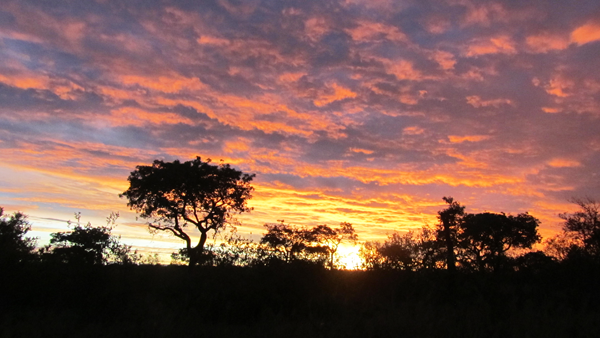
This is your typical sunset scene in the Klaserie
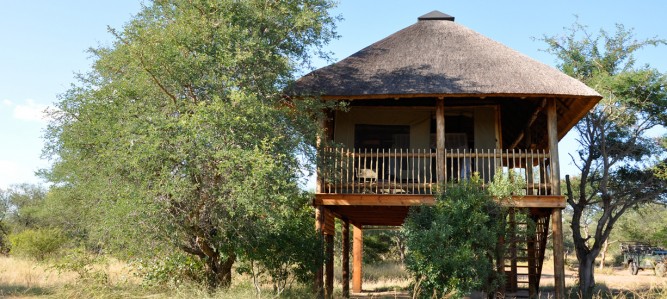
The eco-friendly nthambo tree camp
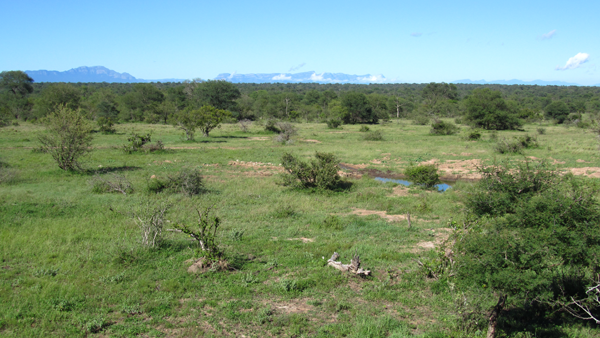
Habitat and vegetation of the Klaserie
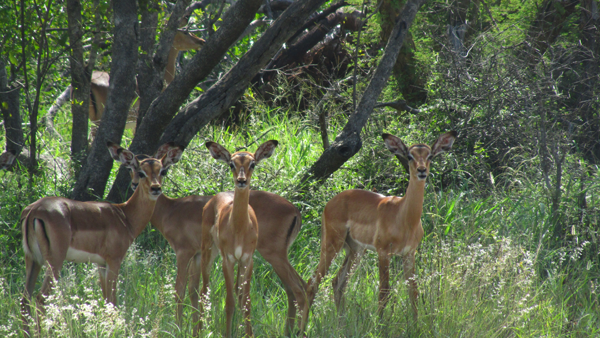
Impala are in abundance in the Klaserie
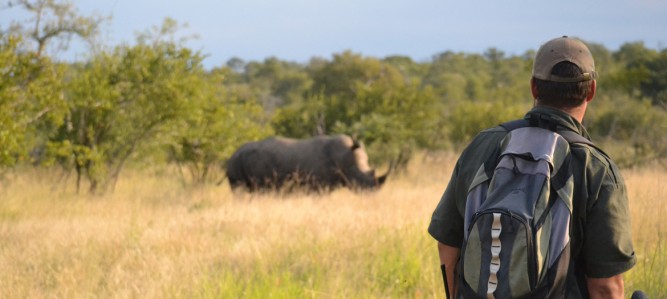
Professional walking safaris in the Klaserie - notice the rhino in the distance
This post is brought to you by Sun Destinations, who handle the marketing and reservations for a selection of Africa’s Hidden Secrets. Check out Sun Destinations on Google+ and Sun Safaris on Facebook, Twitter, and Pinterest.

